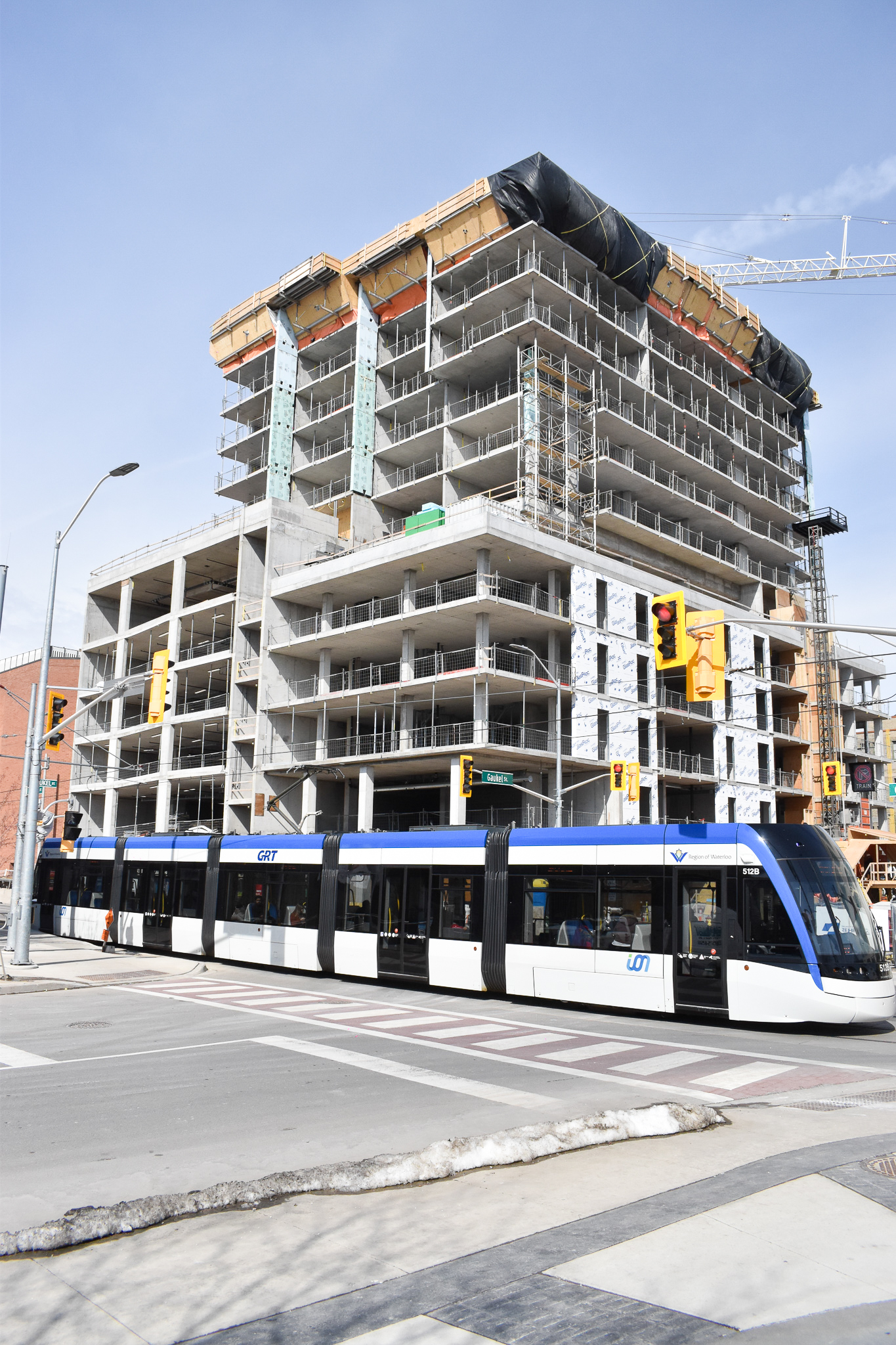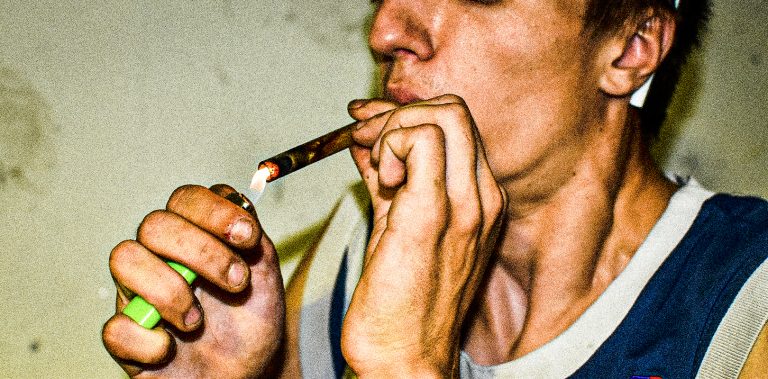The identity of a city is ever-changing, but the fabric of a city cannot be altered no matter how hard one tries. When thinking of the fabric of Kitchener, it remains abrasive, unconcerned with gaudy changes, and unbothered by the influx of the strangers.
I am from Paulander Dr., I have always called Kitchener home, and I am cut from the same gritty, unforgiving and callous fabric as my city. Kitchener is a place experiencing the tale of two cities.
On one hand, you have a city that is defined by its innovative culture: a place open for the taking, building luxury condos to appease the nouveau riche transplants who find themselves here.
On the other hand, Kitchener has always been underprivileged and, for almost a decade now, it has been in the midst of a drug epidemic, a surge in homelessness, healthcare inadequacies, a crimewave and a housing bubble all at once.
The social issues in Kitchener are grossly undermined by both city council and local politicians who remain idle and complacent.
I highlight the shortcomings of my city before gloating about its fortune. The drugs, crime, poverty, gentrification and housing crisis in Kitchener are a blemish on the city and its residents.
In 2021, I took a course called The Discourse of Dissent at my school, the University of Waterloo. For a project on dissent and counter-story, I used my experience as a photographer to create a website to showcase the intricacies of the plight of my city and bring homelessness, gentrification, crime and drug abuse to the foreground.
My photography is a tool that I use to explicitly showcase my surrounding as I peek into the uncomfortable and unapologetic margins of society. This project called on me to express both who I was and what my city was going through.
I think gentrification of the city is the root of most of our problems. A Tale of Two Cities is an art project and a public call to action dedicated to all of those who are affected by poverty and displacement caused by gentrification in Waterloo Region.
I created seven different blog posts to cover several topics, such as crime, landlessness, poverty, displacement, evictions, homelessness and gentrification.
I wanted to use my voice as a local. I did not want to contribute to the essentialism that already exists in both the world of media and academia, rather, I wanted to create a platform that held the truth to the utmost importance, while embracing nuance.
My project focuses on the marginalized city folk of Kitchener, who have been subjugated to the ills of gentrification, displacement and landlessness.
I am a brown male, a child of immigrants and, to be honest, my family has always bordered poverty. I feel deeply motivated to shed light on the realities that are faced by the have-nots.
Through this project, I am saying, as I wrote in the accompanying blog, “we must remember that racist, oppressive, and classist policies and actions by the hegemony are meant to perpetuate landlessness throughout marginalized communities and said policies or actions lead to long -term destruction of communities by design.”
Many people in the city of Kitchener often gloss over the social issues that exist in the city. We want to talk about the fact that downtown is home to one of the most innovative tech hubs in Canada and call Kitchener a safe city, full of young and lively neighbourhoods.
So few of us talk about the fact that the new tenants in these neighbourhoods have taken the space of those who were renovicted.
So few talk about how many of the new businesses in Kitchener have taken the places of locally owned businesses, so few want to highlight that fact that our extravagant tech hub is literally steps away from the growing homeless encampment.
The voices and experience of marginalized people are purposefully suppressed. No one wants to confess the failures of the city, nor do they want to acknowledge the existence of poverty, displacement or gentrification occurring in front of us.


I made sure that this would not be the case in my project by ensuring that my voice as a local would resonate with other marginalized locals.
I relied on staying true to my city folk and focusing on the primary issues that have been affecting my city. I did not want to ignore the elephant in the room; instead, I emphasized these issues and gave them a platform so others could see where I was coming from literally and figuratively.
I relied on interviews collected from a project entitled Mapping Displacement by the Social Development Centre Waterloo Region. My photography further takes the viewer through a chromotrope of what Kitchener used to be and what it is now.
By using photos from my everyday life and surrounding, as well as using photos of Kitchener from almost a decade ago from a project by the Social Development Centre Waterloo Region, I showed the pain and the charm that can be found in the everyday struggles this city faces.
Additionally, I wanted to use my project to highlight the local heroes that work tirelessly to provide a space for the displaced. Not-for-profit organizations and initiatives like A Better Tent City are pivotal in providing immediate relief, while also focussing on the root causes of issues that are apparently too unimportant or too complicated for the inept city council and local politicians.
I urge you to please take a look at my project and challenge yourself to embrace the truth about how Kitchener is indeed a tale of two cities. Kitchener is not for sale. What the privileged and sheltered might label as successes in this city are the driving forces behind the steady demise of the marginalized.
Don’t try to sugarcoat life in Kitchener, cause shit ain’t sweet.

